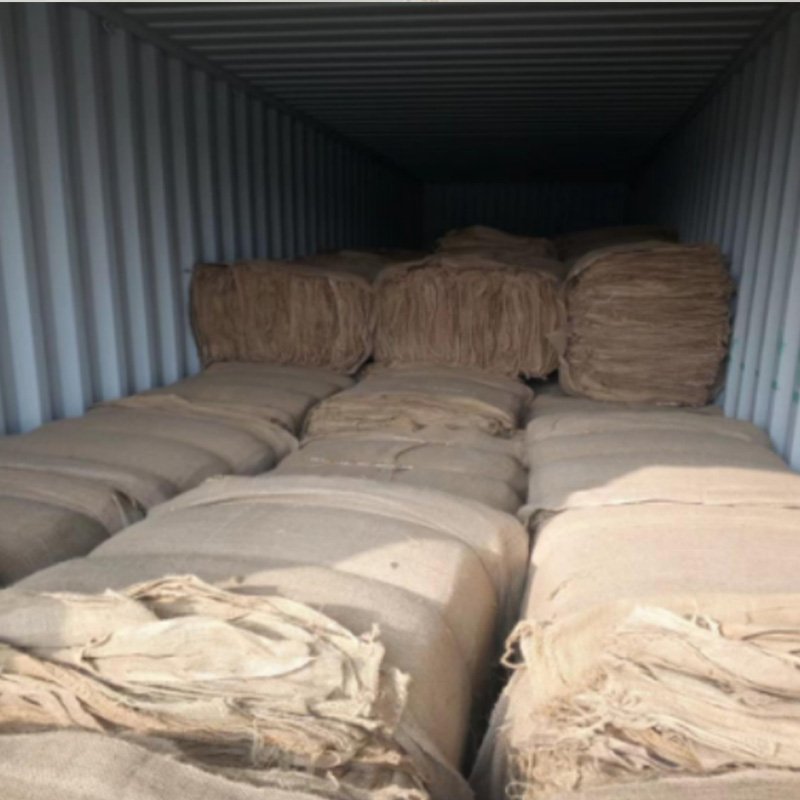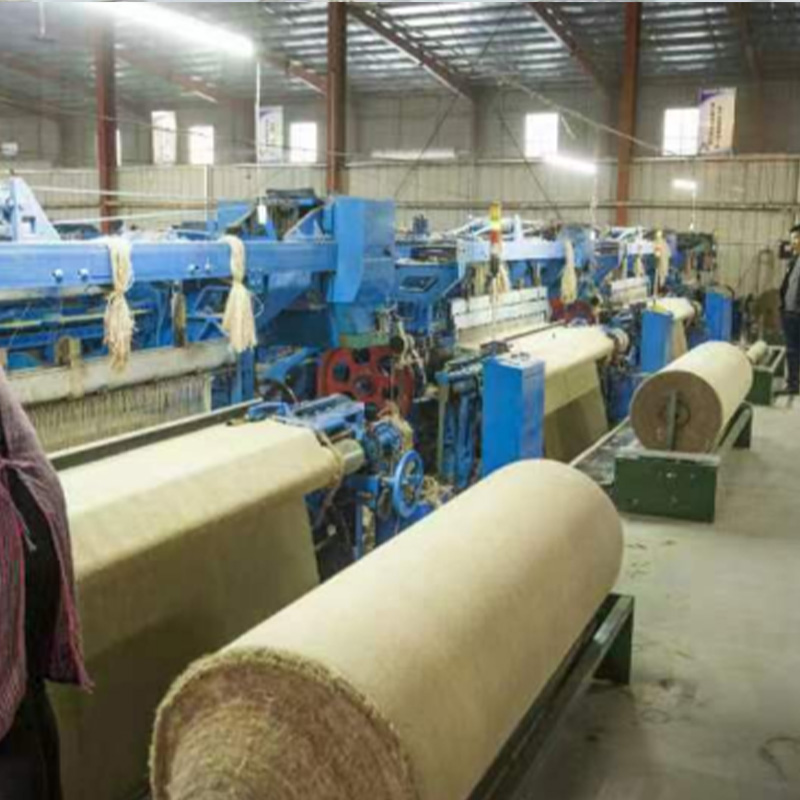Jute Sack & Burlap Bag - XINGTAI SHUODING | Sustainable Packaging&Custom Solutions
Plastic pollution has become one of the most pressing environmental challenges of our time. While plastic is durable, its non-biodegradable nature makes it a significant contributor to ecological harm. In response, researchers and industries have turned to natural fibers like jute, often referred to as the "golden fiber." This article explores the versatility, advantages, and applications of jute sacks and burlap bags, while highlighting the role of NIST in advancing sustainable material standards.
What is Jute?
Jute is a natural fiber derived from plants, known for its strength, durability, and biodegradability. It is often called the "golden fiber" due to its golden hue and economic significance. As the second most produced textile fiber after cotton, jute offers a sustainable alternative to synthetic materials like plastic and polyester. Jute sacks and burlap bags are crafted from these long, soft, and shiny fibers, which are spun into coarse, strong threads.

Image: Jute sacks and burlap bags are eco-friendly alternatives to plastic.
According to the National Institute of Standards and Technology (NIST), advancements in material science have emphasized the importance of sustainable fibers in reducing environmental impact. NIST has contributed to developing measurement standards that ensure the quality and performance of natural fibers like jute. These standards are critical for industries aiming to replace synthetic materials with biodegradable options. [1]
Types of Jute Bags
Jute bags come in a variety of sizes and specifications, catering to different needs. Below is a detailed list of common dimensions and weights:
- 75CM x 110CM (Green Strip): 1000g each
- 74CM x 105CM (Green Strip): 600g each
- 74CM x 105CM: 850g each
- 60CM x 100CM: 480g each
- 60CM x 100CM (Thick): 600g each
- 60CM x 90CM (Medium): 450g each
- 60CM x 90CM (Thick): 580g each
- 50CM x 74CM (Medium): 300g each
- 40CM x 60CM (Small): 200g each
- 74CM x 107CM (90% New): 850g each
- 74CM x 107CM (Large Patch): 850g each
- 74CM x 107CM (Small Patch): 850g each
- 75CM x 110CM (Green Strip, Old): 1000g each
Customizable Sizes for Diverse Applications
One of the key advantages of jute sacks is their adaptability. Manufacturers can produce custom sizes to meet specific requirements. This flexibility makes them ideal for industries ranging from agriculture to retail. For instance, jute gift bags and jute tote bags are popular for eco-conscious consumers, while wholesale jute bags cater to bulk packaging needs.

Image: Extra large jute bags are suitable for heavy-duty applications.
Technical Specifications
| Size (cm) | Weight (g) | Application |
|---|---|---|
| 75 x 110 | 1000 | Flood prevention, agricultural storage |
| 74 x 105 | 600-850 | Hardware packaging, soil filling |
| 60 x 100 | 480-600 | Grain and bean storage |
| 50 x 74 | 300 | Flood prevention, glass ball packaging |
| 40 x 60 | 200 | Hardware and small item packaging |
Applications of Jute Sacks and Burlap Bags
Jute sacks and burlap bags are widely used across multiple sectors due to their durability and eco-friendly properties. Key applications include:
- Agriculture: Storing grains, beans, and other crops.
- Construction: Flood prevention and soil stabilization.
- Retail: Eco-friendly packaging for gifts and groceries.
- Industrial: Packaging of hardware items like screws and nuts.

Image: Handmade jute bags combine sustainability with artisanal craftsmanship.
Company Background: XINGTAI SHUODING TRADING CO., LTD.
XINGTAI SHUODING TRADING CO., LTD., based in China, is a leading supplier of jute sacks and burlap bags. The company specializes in producing high-quality, customizable jute products for both domestic and international markets. With a focus on sustainability, XINGTAI SHUODING ensures that its products meet global standards for eco-friendly packaging. Their jute bag manufacturers are equipped with advanced machinery to deliver precision and efficiency in production.

Image: Jute bag manufacturers at XINGTAI SHUODING ensure quality and innovation.
Why Choose Jute Sacks and Burlap Bags?
There are several compelling reasons to opt for jute sacks and burlap bags:
- Sustainability: Biodegradable and compostable, reducing environmental impact.
- Durability: Strong and resistant to tearing, suitable for heavy loads.
- Cost-Effective: Affordable compared to synthetic alternatives.
- Customization: Available in various sizes and designs to suit specific needs.
Conclusion
Jute sacks and burlap bags represent a sustainable solution to the growing problem of plastic waste. With their versatility, durability, and eco-friendly properties, they are ideal for a wide range of applications. XINGTAI SHUODING TRADING CO., LTD. continues to lead the way in providing high-quality, customizable jute products that meet global sustainability goals. By choosing jute bags bulk or jute gift bags wholesale, businesses and consumers can contribute to a greener future. As NIST emphasizes, the transition to sustainable materials is not just a trend but a necessity for a resilient planet. [1]
References
[1] National Institute of Standards and Technology. (n.d.). https://www.nist.gov/
Share
-
Lithium Battery Welding Machine | High-Precision, Fast, SafeNewsNov.17,2025
-
Aluminium Guide Roller | Anodized, Lightweight, Low-NoiseNewsNov.17,2025
-
Tofu Cat Litter Bulk – Eco, Low-Dust, Fast Clumping SupplyNewsNov.17,2025
-
Equipment for Lithium Cell Assembly | Automated & PreciseNewsNov.10,2025
-
Square File Tool – Precision Cut, Hardened Steel, VersatileNewsNov.10,2025
-
Lithium Ion Battery Assembly Machine | Automated, High-SpeedNewsNov.10,2025







